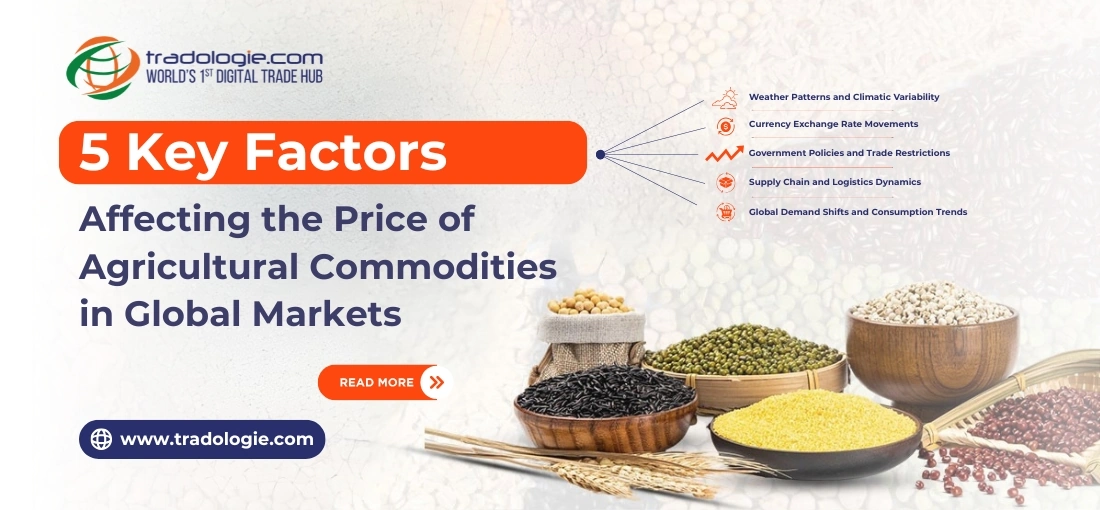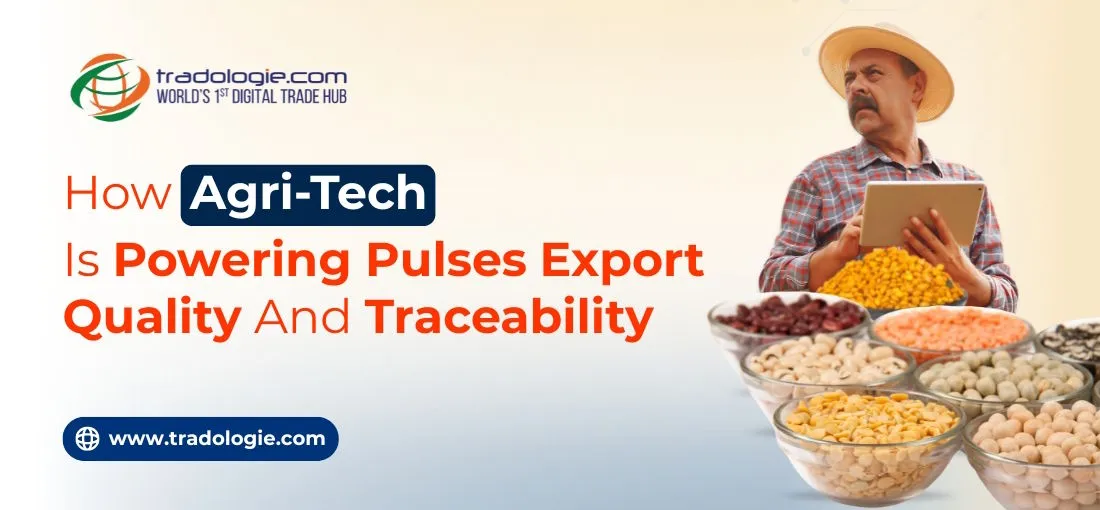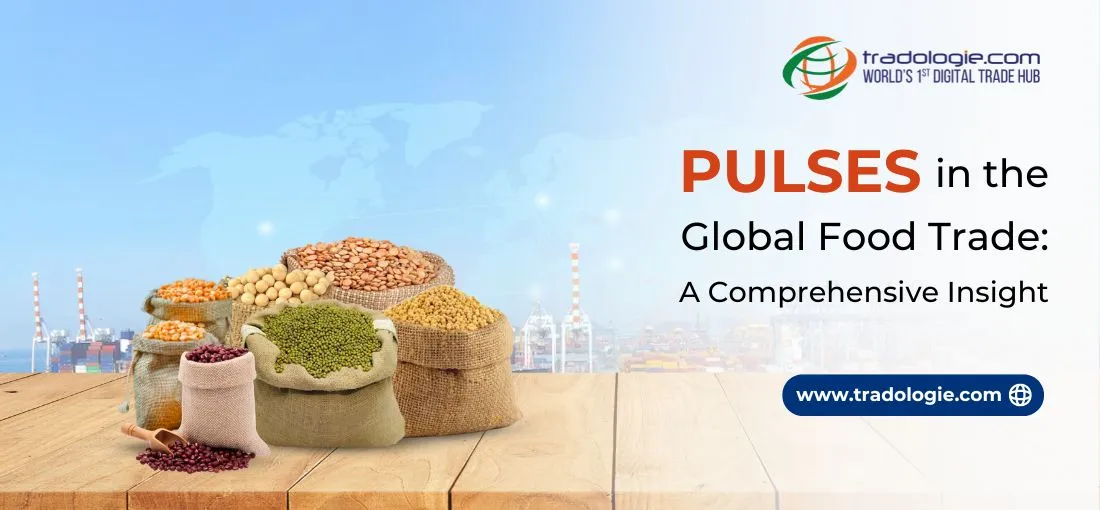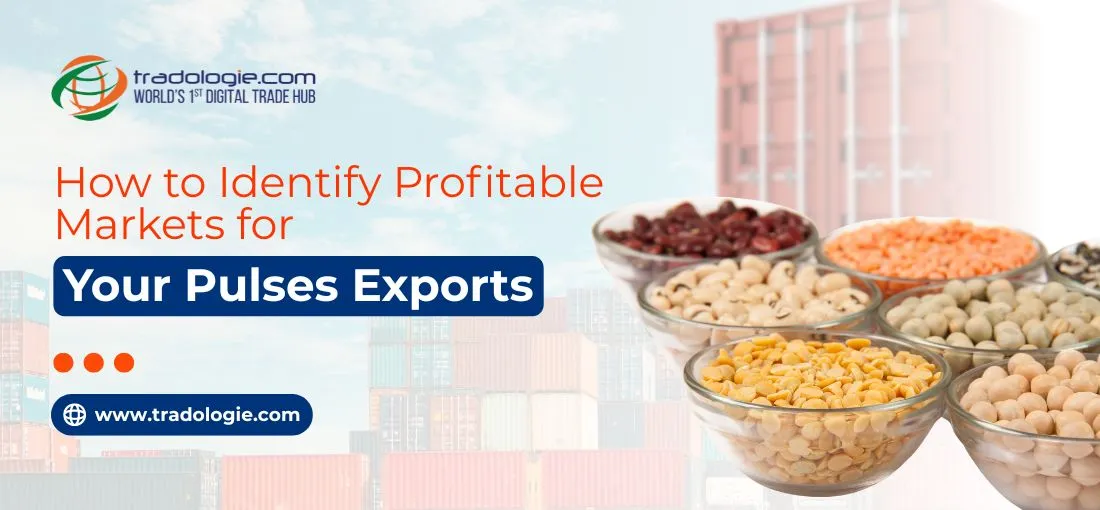5 Key Factors Affecting the Price of Agricultural Commodities in Global Markets
The need for food exists till we humans exist, and the reason why agricultural commodities are at the heart of global trade. It's a trillion-dollar industry in which food items.like rice, wheat, pulses and vegetable oils form the staple diets across the continents.
The price volatility in the agro-sector is determined by a plethora of factors just like any other sector with substantial global trade volume. It is primarily influenced by a combination of weather conditions, economic factors, trade policies and logistical complexities and impacts both agriculture buyers and sellers.
This informative blog piece will provide you with some insightful information on the five key factors that significantly impact the pricing of food commodities in the global trade market.
So, let's get the ball rolling.
Weather Patterns and Climatic Variability
Water is the lifeline of farming. Unseasonal rains, prolonged droughts, and extreme temperature events directly impact crop quality and availability.
- Take, for instance, a dry spell in the US Midwest recalibrates corn and soybean outputs. This inturn, shifts global feed and edible oil pricing benchmarks.
- Monsoon variability in India influences rice and pulses procurement windows, dictating forward contract viability.
- Brazil's coffee and sugar availability is tightly aligned with rainfall in its primary growing states.
Traders and institutional agricultural buyers track regional forecasts to align contracting cycles with weather forecasts, mitigating shipment delays and buffer stock drawdowns.
Currency Exchange Rate Movements
In global agro trade, commodities are transacted in USD, while operational costs remain local. Exchange rate fluctuations, therefore, are not peripheral—they shape FOB parity and landed costs:
- A weaker rupee or Brazilian real can boost export competitiveness from origin markets.
- Conversely, a strong USD impacts importer affordability, affecting shipment volumes.
Professional importers often deploy forward contracts or structured hedging to control landed pricing, aligning procurement plans with FX exposure while protecting working capital cycles.
Government Policies and Trade Restrictions
Tariff structures, export quotas, and subsidy frameworks are significant determinants of price movement:
- India's periodic rice and sugar export restrictions reshape global shipment flows.
- Import duties on pulses and oilseeds in South Asia impact millers' and processors' sourcing strategies.
- Subsidy frameworks in the US and EU influence the cost competitiveness of wheat, corn, and dairy.
Global buyers monitor WTO notifications, origin-country policy updates, and trade agreement developments to recalibrate shipment plans and align price floors in evolving policy landscapes.
Supply Chain and Logistics Dynamics
Freight volatility and port-level challenges can erode price margins for buyers:
- Shortages in containers and a sudden surge in freight rates significantly escalate the CIF prices.
- Port congestion in major hubs like Rotterdam and Shanghai delays delivery timelines.
- Strategic decisions around containerized vs. bulk chartering impact unit economics and shipment cycles.
Procurement heads factor in seasonal freight variations and negotiate structured shipment schedules to reduce landed price volatility.
Global Demand Shifts and Consumption Trends
While less abrupt than weather shocks, consumption trends play a sustained role in shaping commodity prices:
- China's structural demand for soybeans and corn consistently affects global feed grain prices.
- The continued rise of plant-based vegan diets in Europe and North America is significantly increasing the demand for pulses and specialty grains.
- Expanding rice and wheat consumption in Sub-Saharan Africa has created stable demand pipelines for agriculture exporters.
Bulk buyers and institutional procurement teams align contracting cycles with credible consumption data to manage forward inventory without exposing themselves to unhedged price surges.
Practical Implications for Bulk Buyers and Importers
For agriculture buyers in the agro commodity market, price discovery is a structured, insight-led process:
- ✅ Contract Planning: Factor in weather, FX, and consumption trends to time purchases efficiently.
- ✅ Supplier Engagement: Align shipment schedules to freight volatility for optimal landed costs.
- ✅ Risk Management: Hedge currency exposures and explore marine insurance to mitigate disruption risks.
- ✅ Documentation Discipline: Use precise specifications for quality and delivery terms to prevent post-shipment disputes.
- ✅ Market Intelligence: Leverage structured datasets from OEC and global exchanges for competitive benchmarking.
Sustainable sourcing can position your import business favorably in global markets, especially among large institutional buyers and supermarket chains.
Conclusion
The global agricultural commodity prices are highly volatile and depend on a wide range of factors. The factors are majorly weather patterns, currency value, logistics, government policies, and consumer demand. The agriculture exporters and importers should take into consideration all of these factors and stay vigilant of any changes. This will help ensure the transactions incur minimum impact of such factors.




